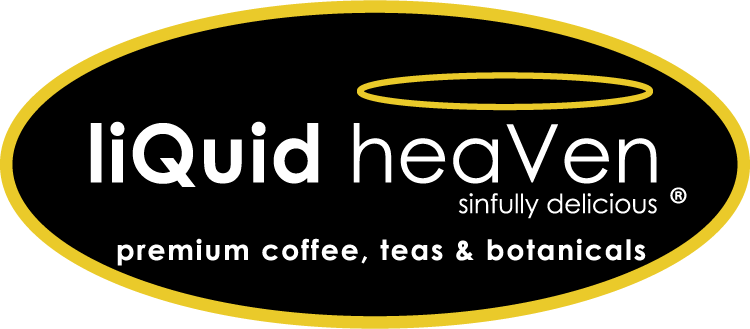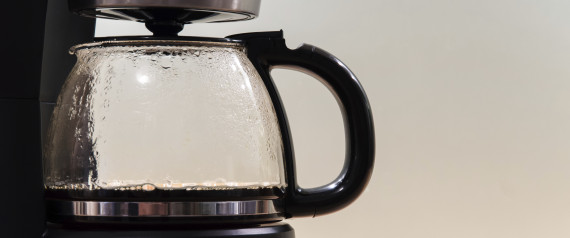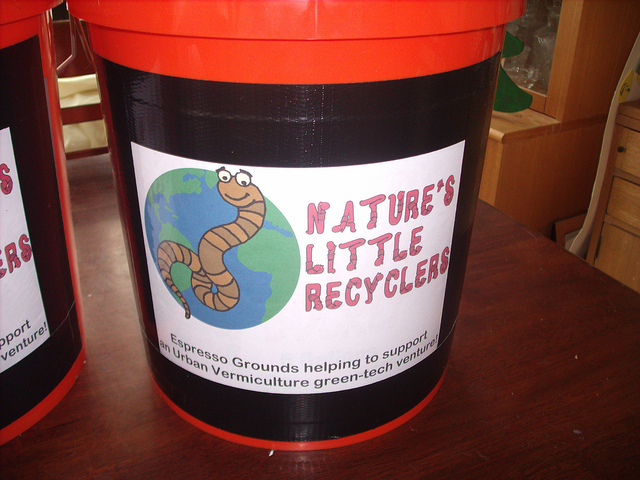A lot of good coffee info and history here, enjoy!
Where did your morning joe come from? Gourmet coffee fans using the old bean
For years, we have had “wine snobs” who are interested and knowledgeable about where the grapes are grown and how the wine is made and aged. Now it is coffee’s turn.
According to a recent article in the Wall Street Journal, Starbucks is moving into the “snob” market with plans to open 100 specialty Starbucks stores that will sell small batches of “reserve” coffee.
It seems that a number of independent coffee roasters selling to gourmet coffee stores have attained a cult-like following. Starbucks wants to capture that market and expand on it with specialty coffee stores independent of its 11,000 cafes in this country.
It seems that there is a growing consumer base that is interested in learning more about where the coffee is grown and how it is processed. Thus, single-origin coffee has become the high end of the coffee market.
Some of the Starbucks single-origin coffees come from a specific region in a country where the elevation, soil and temperature have great influence on the coffee. Guatemala, Rwanda’s Rift Valley and the Mount Ramelau region of East Timor are three of these regions.
The new gourmet coffees will retail for $11.99 for a 10-ounce bag of ground coffee, compared with $8.99 for Starbuck’s other blends.
Years ago, my stockbroker urged me to buy shares of Starbucks and I said, “No, it’s too risky,” Little did I imagine that today there would be more than 21,000 Starbucks stores in 65 countries — and that the company is still expanding.
Three young men, Jerry Baldwin, Zev Siegal and Gordon Bowker, got the idea for Starbucks from Alfred Peet, a famous coffee retailer in Menlo Park, California, where we used to live. At first, the store only sold coffee beans and coffee making equipment.
After about 10 years, Howard Schultz was hired as retail operations director for Starbucks, and eventually the store was turned into a replica of a coffeehouse, as envisioned by Schultz. He then bought out the other three partners and began to expand Starbucks in this country and Japan, with Europe to follow. The name “Starbucks” is the name of the first mate in the novel “Moby Dick” by Herman Melville.
From the beginning, Starbucks set out to be a different kind of company. It not only celebrated coffee and its rich tradition, but also brought a feeling of camaraderie. As Schultz said, “Our mission is to inspire and nurture the human spirit — one person, one cup and one neighborhood at a time”
There are many legends about the origin of coffee. The most famous of these is about how coffee was discovered by Kaldi, an Abyssinian goatherd. One day while tending his goats, he noticed that his normally docile goats suddenly had become exceptionally lively. He noticed that they had been nibbling the berries of a nearby plant.
More than a little skeptical, Kaldi tasted the berries and, after some time, found to his amazement that he felt extraordinarily uplifted and invigorated. Convinced that these berries had a magic power, he rushed to the local monastery and excitedly told his tale to the abbot. Kaldi brought some of the berries along in his leather pouch.
The abbot, fearing that this was the devil’s work, flung the berries onto the fire. Almost instantly, a wonderful and exotic aroma filled the air. That convinced him that this was God’s work, and the abbot ordered that the beans be raked swiftly from the fire. Several monks immediately rescued the beans. The beans were mixed with water so that all the monks of the monastery could partake of this miracle.
Coffee beans grew wild in Abyssinia and Arabia and, before the 10th century, were eaten by wandering tribesmen. They had discovered the alluring properties of coffee as a stimulant. These tribesmen squashed the ripe fruit of the coffee plant, mixed it with animal fat and shaped the mixture into round balls. These were carried with them and eaten at intervals on their long journeys. The practice of enjoying coffee as a drink came later.
By the 13th century coffee drinking was an everyday occurrence in Arabia, where coffeehouses became very popular. These establishments had a very relaxed atmosphere, usually with music and gambling. Philosophers, politicians and tradesmen gathered in coffeehouses to discuss the events of the day and exchange ideas.
However, the coffeehouses of that day caused the rulers great concern, as they feared plots and intrigue against their rule might be hatched there. The rulers tried several times to close down the coffeehouses. With the increased popularity of coffee drinking, it eventually spread to people’s homes, where it evolved into an elaborate ceremony.
Coffee was introduced into Europe in Venice in 1615, and from there the drink spread throughout Europe. Shortly thereafter coffee reached Rome, where it was condemned by the clergy as the drink of the devil. Feelings about it ran so high that Pope Clement VIII asked for a sample of the brew, hoping to resolve the matter once and for all.
One sip, however, revealed how delightful coffee was. The pope realized how foolish it would be to banish it from the Christian world forever. Thus, the pope immediately blessed the coffee. With papal approval, the growth of coffee drinking in Italy was assured, and soon thereafter the first European coffeehouses opened.
In 1637, a Turkish immigrant established the first English coffeehouse in Oxford. Soon afterwards, another coffeehouse opened in London, and gradually many towns in Great Britain had coffeehouses. They were identifiable by the aroma of roasting coffee and a painted sign, which hung outside the establishment. The signs usually featured a picture of a Turkish coffeepot or a sultan’s head. One of the most famous London coffeehouses was Lloyds, which was the forerunner of Lloyds of London, the famous insurance company.
The first record of coffee drinking in North America was in 1660, in the colony of New Amsterdam. In Holland, coffee had become a popular home drink, as several Dutch colonies were growing coffee. Four years later, when the British took over New Amsterdam and renamed it New York, coffee drinking had caught on with not only the Dutch settlers but also the British. Coffee had replaced beer at breakfast time.
The first coffeehouses in New York were modeled after their London counterparts. However, they were more like taverns, as they had rooms for rent, served meals and sold ale, wine, hot chocolate and teas, as well as coffee. The more important coffeehouses had meeting rooms — some being large enough to conduct auctions. Gradually it became custom for men to carry on their business at the coffeehouse and then adjourn to a nearby tavern for entertainment.
Today, Starbucks is still a place to enjoy a cup of coffee and sit and work on your computer or enjoy a chat with friends.















